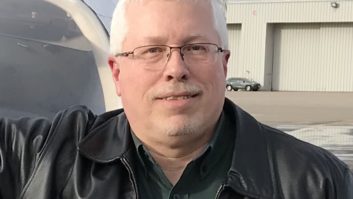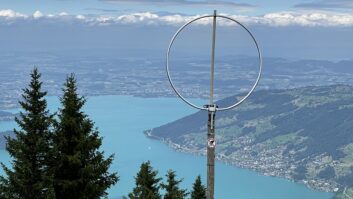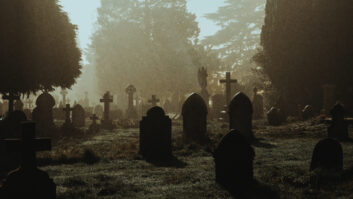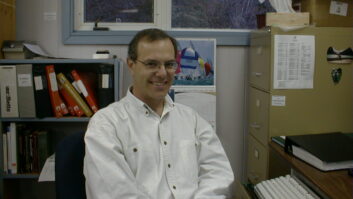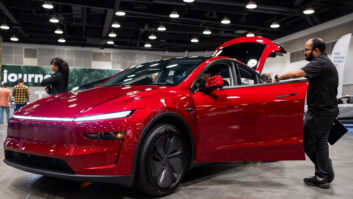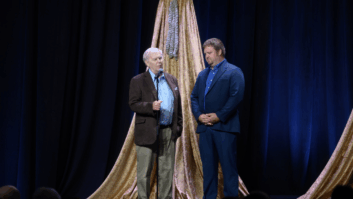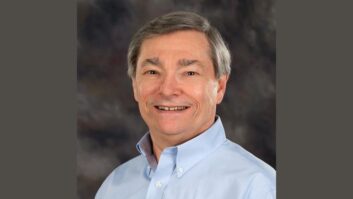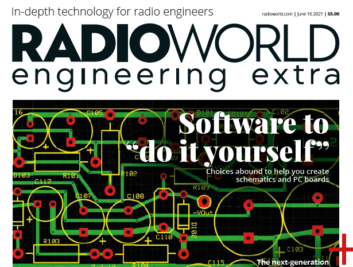 I have read many of Cris Alexander’s articles over time, but as a practitioner of broadcast engineering arts for 40 years, mostly in the large markets and networks, his article on air chains was an enjoyable must-read, a memory train ride.
I have read many of Cris Alexander’s articles over time, but as a practitioner of broadcast engineering arts for 40 years, mostly in the large markets and networks, his article on air chains was an enjoyable must-read, a memory train ride.
I’ve been building stations since the days of deregulation and divestiture in analog, through AES, T-1 and ISDN, then cellular as a viable technology, to where we are with Livewire and the birth of AES67.
For me, AM was already in the past by the early 1970s. We listened to it for school closings and some country music, but by 1973, FM was king, and New York’s WPLJ was where I learned about rock ’n’ roll.
Cris drove us along a multi-lane highway, through tech corridors that divided, converged, intersected, over/underpassed and cloverleafed, via on-ramps and off-ramps of various construction and at various speeds.
Having never been happy to be Yesterday’s Man, I’ve tried to push the envelope on development and use of technology, pursuing what Steve Church referred to as the “artful application of science.”
Which brings me to the closing comment Cris made about sending 40 kW down twisted pairs. Why not? Maybe we are already there? The Holy Grail of digital broadcasting has always been pattern replication with audio improvement.
We have at least two technologies that push MPX over twisted pairs or UDP paths on wired and wireless networks. Those cabling standards work at 350 MHz or higher.
In the AV world, twisted pair to coax baluns are already being used for wireless mic, intercom and IFB, usually in fixed installations.
HDBaseT carries A/V and internet and has an extrapolation to carry 100 watts similar to POE.
We stream media over wireless devices. We have a few brands of radiating cable.
I like to say that my imagination is limited only by my budget. While not as efficient as a 40 kW SCPC “broadcast” signal, the technology to broadcast down the wire rather than up a tower is there but stifled by the regulatory climate.
We can build modern networks that feed localized transmitters, powered on POE, that broadcast transmitter location and content identification to receivers that could be directed to what channels are “subscribed” to an “edge recipient” in a given market, and thus achieve pattern replication with improved audio quality and possibly a lower capital and operating cost, some of which could even be a shared burden.
I am not even thinking of SFN, per se. We can achieve 50 kW or more ERP in a managed wireless network just by making good technology decisions. We have video ingested on mesh networks where selected channels are then broadcast over the same mesh to connectionless receivers.
If we can do that citywide for video, it’s only vision and money that prevent the use of such for audio networks.
I suggest that Cris’s 40 kW goal is way closer than we think, and may already be happening. Let’s get that puppy in the dashboard first and work from there.
Ed Bukont, M.Sc., CTS, CSRE, founded E2 Technical Services & Solutions, and is a Radio World contributor.
